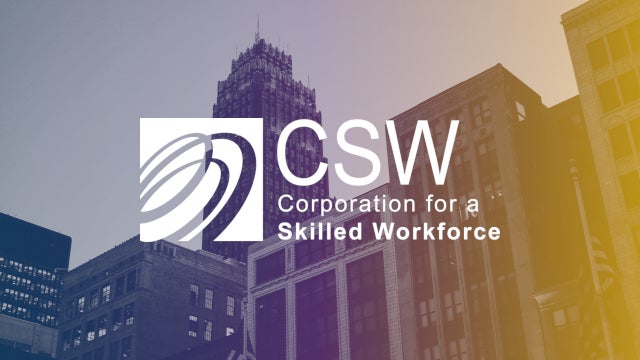Recent pop culture – including an Academy Award winning documentary – has reminded us of the critiques of and support extended to Marcia Clark, the chief prosecutor in the 1990s O.J. Simpson trial. At the time, many focused on her decision to be a professional working mother of boys aged five and three. In fact, Marcia Clark’s choices were part of a growing trend, as the share of mothers with children under the age of three in the workplace skyrocketed from 34 percent in 1975 to 62 percent in 1995.
Some of the “burden of guilt,” placed on the shoulders of mothers who maintained careers, was lifting by the mid-1990s, as research emerged to document that offspring are happy when parents are happy. At the same time, some leading employers saw opportunities to attract talented and qualified professionals from the large and growing pool of women in the workforce. Some searched for ways to facilitate the effective participation of working mothers in their firms – and found that “doing good” also helped the company “do well.”
American Management Systems, for example, was a publically traded high technology and business consulting firm headquartered in Arlington, Va. Founded in 1970 by five former Defense Department officials, the endeavor eventually blossomed into 9,000 employees. Much of the company’s work entailed developing complex computer systems for major government agencies. The high-tech field demanded workers that were uniquely skilled and very highly trained. American Management Systems had to develop its practices to attract and retain the best workers it could find.
One of the key strategies that American Management Systems utilized was finding ways to attract highly skilled women interested in balancing work and family. In 1995, Working Mother Magazine recognized those efforts in naming AMS on a national list of best employers.
Recently we spoke with Patrick Gross, one of the AMS co-founders and an active Aspen Institute Board member, about AMS’s strategies. He recalls the motivations of and value created by these practices for their company. Additionally, he points to lessons that still apply to employers looking to retain and attract great talent, including the many men and women that aim to balance work and family.
How do good jobs help companies recruit and retain talent?
How can businesses do well by doing good?
AMS Practices Recognized by Working Mother Magazine
- Above Average Salaries
- Women are 33% of Highest Paid Employees
- Parental Leave, With No Disability Pay
- Leave for Childbirth
- Two Near-Site Child Care Centers and Offers Backup Care
- Phase Back Time for New Mothers
- Flexible Scheduling, Compressed Work Week, Work at Home, Job Sharing
- Health Insurance with Employer Paid 88% of Premium
About the author
Mark Popovich serves as director of Good Companies/Good Jobs, an initiative of the Economic Opportunities Program.
Keep in touch
Good Companies/Good Jobs encourages and equips business leaders to enact strategies that simultaneously produce outstanding outcomes for their businesses and their frontline workers. Good Companies/Good Jobs is an initiative of the Economic Opportunities Program.
Learn how the Economic Opportunities Program is helping low- and moderate-income Americans connect to and thrive in a changing economy. Follow us on social media and join our mailing list to stay up-to-date on publications, blog posts, and other announcements.


